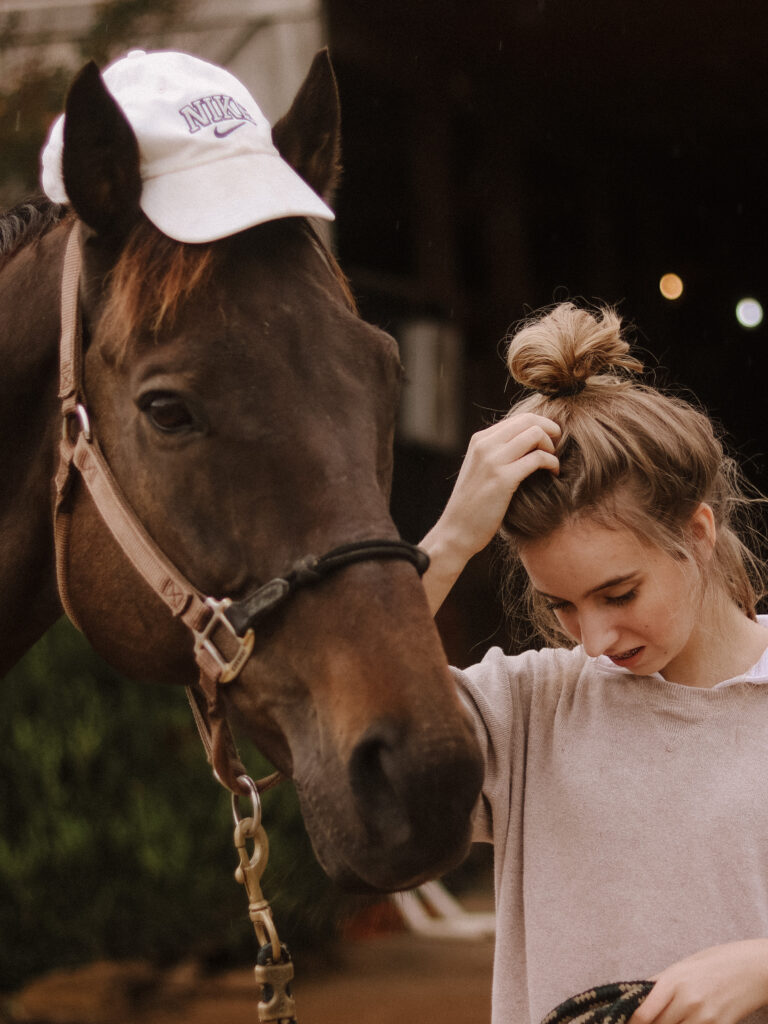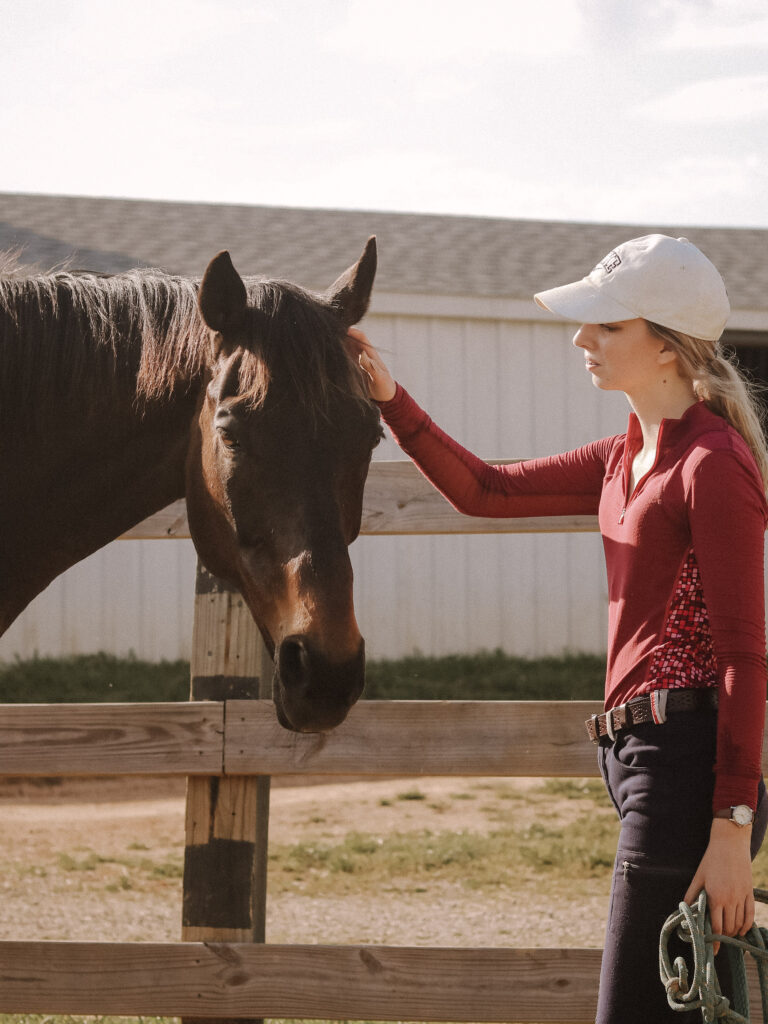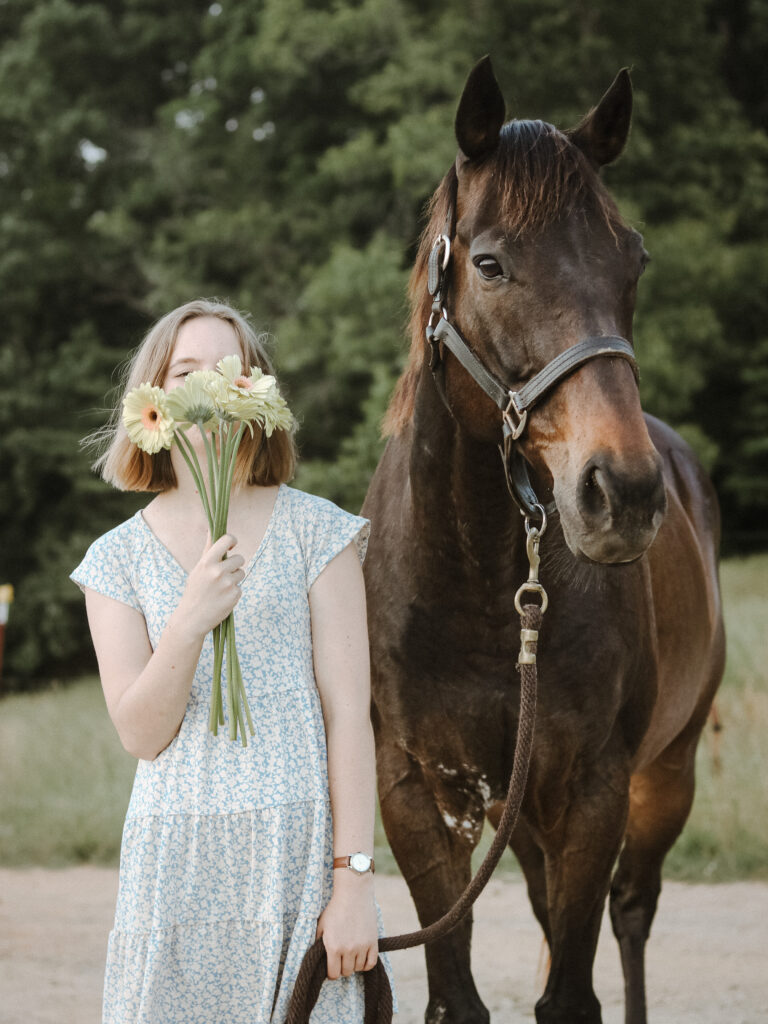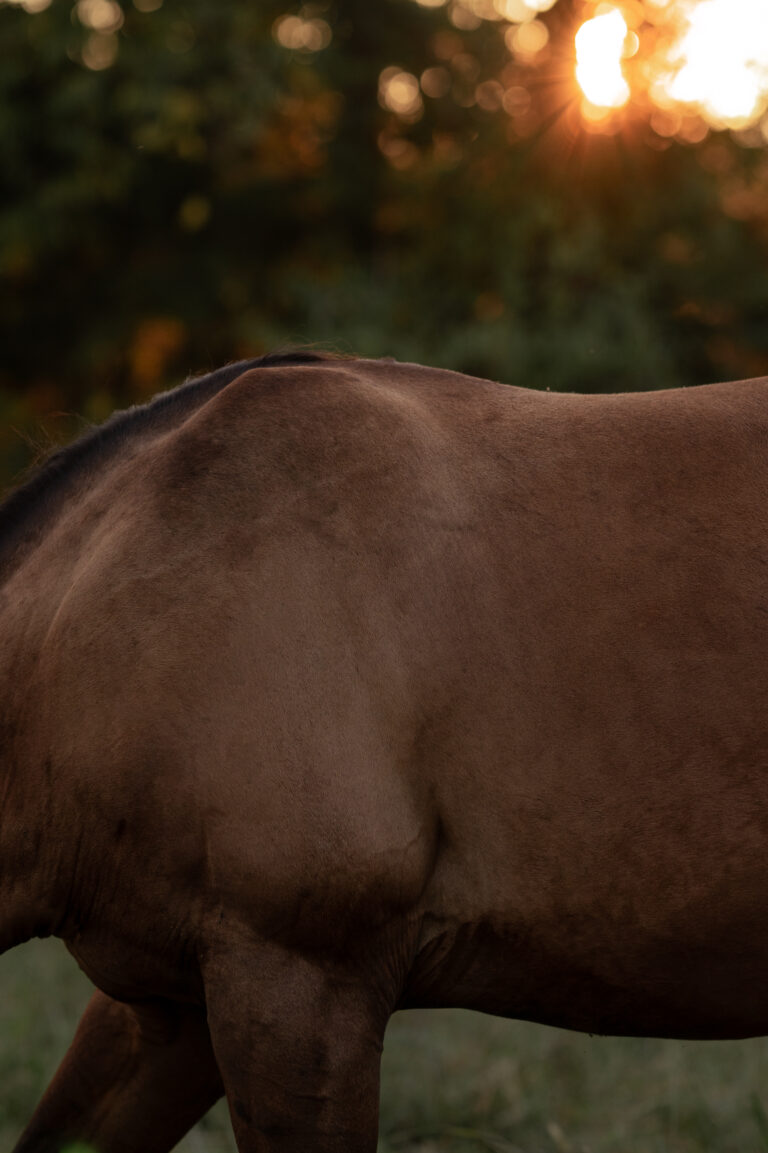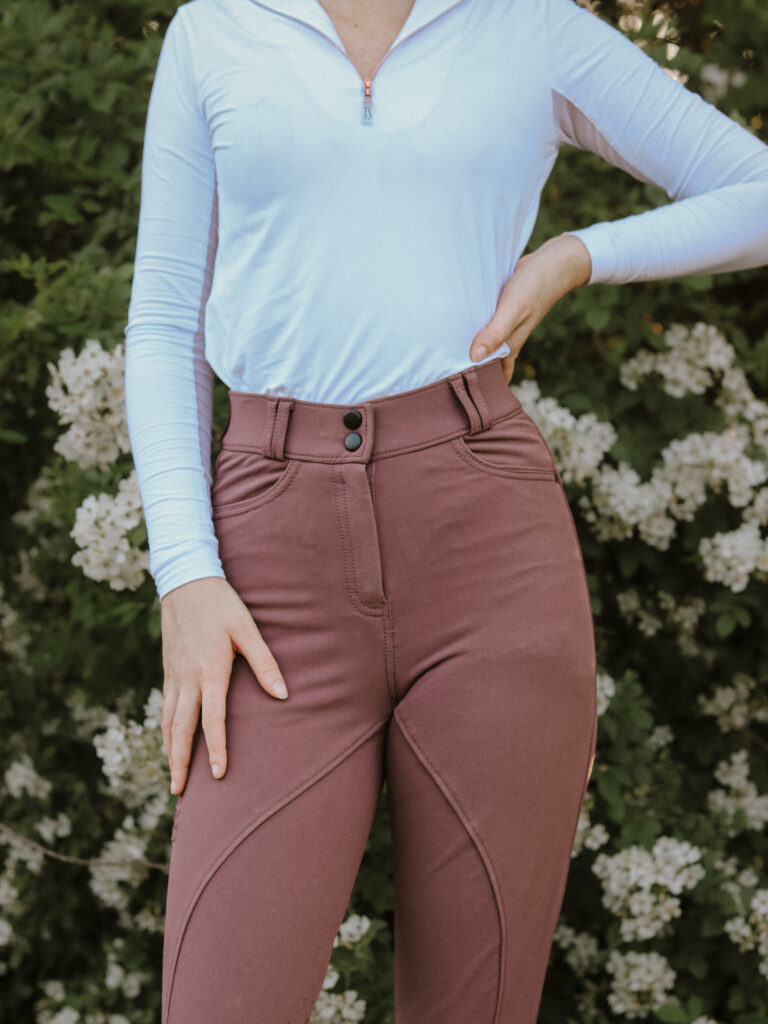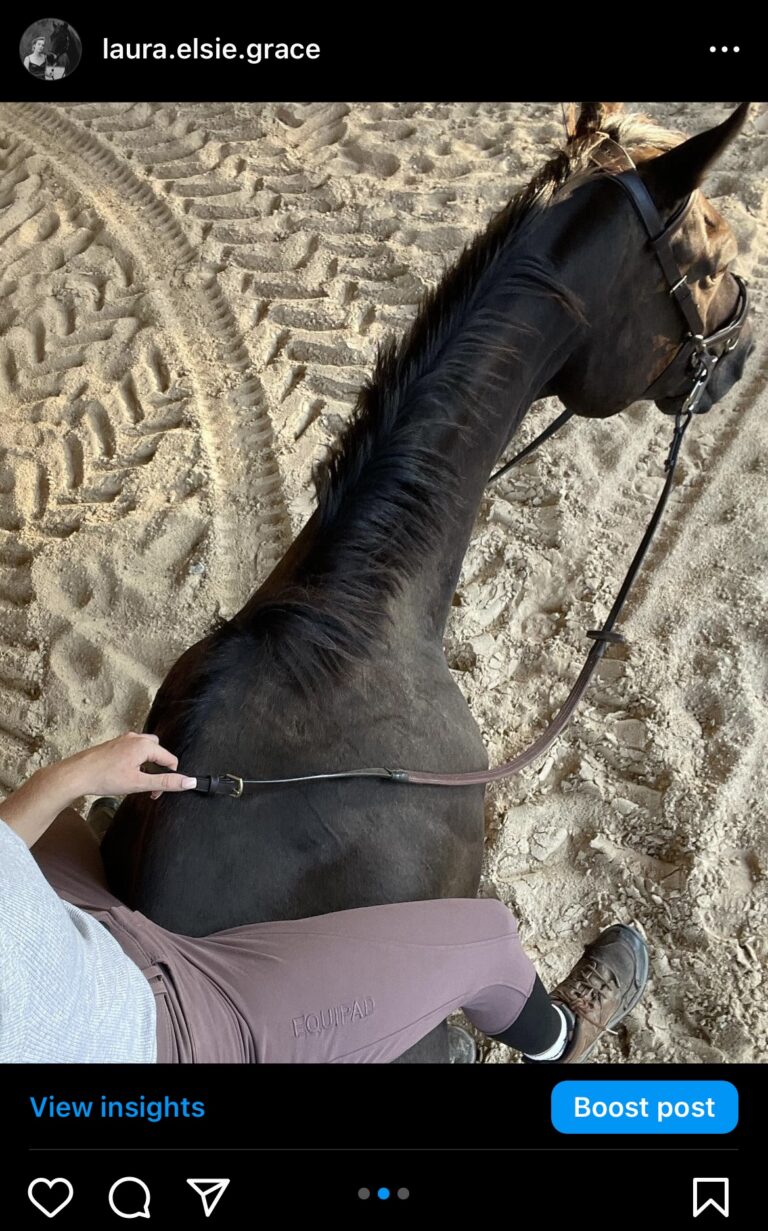Knowing When to Spend or Save with Horses: The Ultimate Guide
As equestrians sometimes it can be overwhelming choosing products and services for your horse… but it can also be crucial picking the best options. Here’s Knowing When to Spend or Save with Horses!
If you’re a thoroughbred owner like me, then you know the pain of calling the vet out bi-monthly. Just this past week, I called the vet out for x-rays.
See, back in March of 2021, my horse, Theo, was diagnosed with arthritis in his hocks. We ended up letting him sit for almost two years, until this past spring when I decided I would like start light work with him again. And I know, I know, one of my biggest regrets was not going ahead with injections; but no time like the present.
As I started some light trail riding with Theo, I realized it was time to get his arthritis re-evaluated. The vet was called, and after x-rays were taken and he said everything looked good, he listed out all of the options from external remedies to gel injections; we eventually landed with steroid injections.
At first, I almost asked to skip treatments this time around, but I realized that this was a worthy and necessary investment as a horse owner. Now, a couple weeks later getting the vet bill? Not so fun. Luckily Theo moving better makes it worth it.
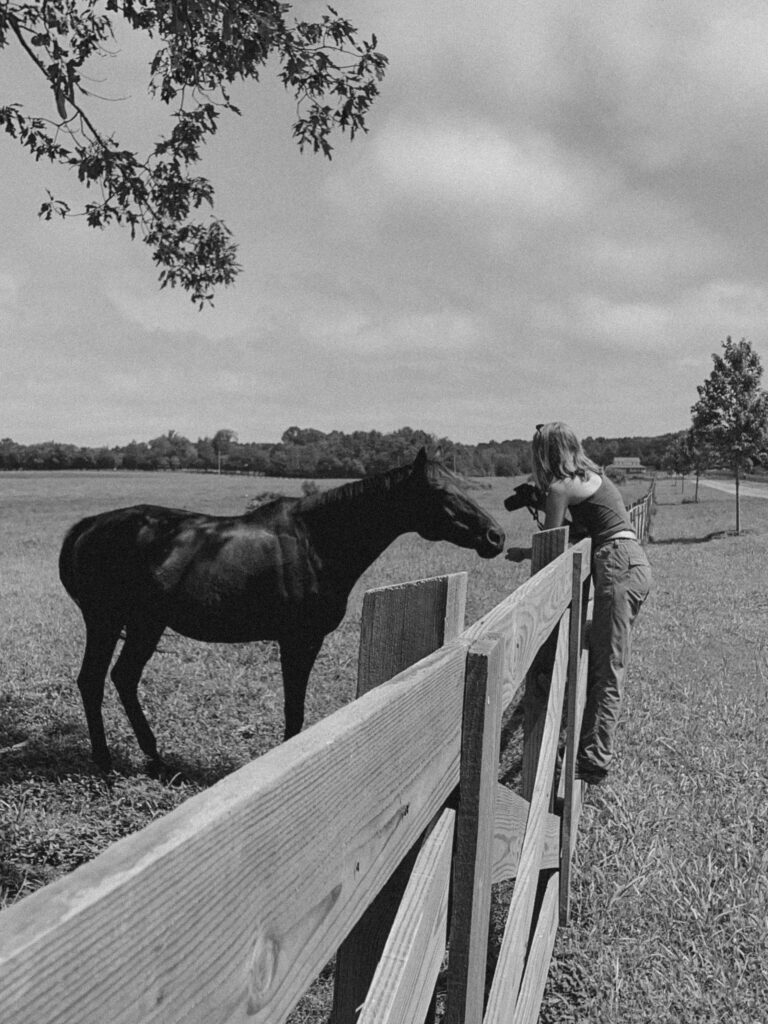
This all being said, a lot of equestrians feel like they shouldn’t own horses due to money, however, there are so many ways to cut expenses while still meeting needs. So without further ado, here’s the ultimate guide to knowing when to spend or save with horses.
Buying tack and equipment
One thing that can and will stretch the budget thin is buying tack. Tons of equestrians think that they need the flashiest bridles or the newest matching set in order to be a “real equestrian” – this is just not the case.
While it does feel nice to open that dover packaging, brand new tack should never take priority over other aspects of horse ownership. This being said, you shouldn’t feel guilty about saving up for a nice saddle pad (etc.) that you’ve been eyeing!
When to save:
My biggest advice is to shop secondhand. There are so many used saddles that need new homes on Facebook marketplace! And if you’re worried about saddle fit, you can always inquire to do a quick trial. I would also recommend looking at adjustable gullets when shopping.
This doesn’t just extend to saddles, but can be saddle pads, bridles, bits, turnout blankets (or any blanket for that matter), etc.
But just a disclaimer, be weary of equipment that seems to be too worn – you don’t want to increase the possibility of tack breaking while in use. Also, always make sure to give used items a good scrub before adding it to the collection.
When to spend:
Tack is often painfully expensive, but when handling a thousand pound animal, it’s best to be safe rather than sorry. Spending money on new, unused equipment is most important when a malfunction could put you and/or your horse in danger.
Though a big investment, sensitive horses may need a proper saddle fitting or custom saddle altogether. If you plan on riding frequently, a fitted saddle will cost you less money in the long run between vet and chiropractor bills – or even injuries sustained due to your horse not being a happy camper.
Secondly, things like tendon boots or similar tack should be taken into consideration. Let’s be real here, those $20 tendon boots from amazon aren’t going to give much support and ill fitting boots in general can be harmful. Talk to you trainer about finding a good pair of boots that will give max support and endurance!
In reality, up front costs will always be painful, but getting any tack that is of good quality will save money in the long run. After all, a nice lunge whip is going to last 10x as long as a cheap one that falls apart within a year.
Check out: Everything You Need for Your First Horse: The Ultimate Guide!
Horse coat and cosmetics
When you own a horse, it always feels nice receiving those compliments from strangers: “He has such a beautiful coat!” The harsh truth though? Your horse’s appearance is just for aesthetics. But a healthy horse will be a pretty horse.
My farrier has worked so hard to improve Theo’s hooves, and while he’s focusing on the anatomy of the hoof, I’m freaking out over a few cracks. But he always reminds me that a completely smooth hoof is just cosmetics; and though we’re always looking to achieve that, the structure of the hoof takes first place.
When to save:
Unfortunately, buying hoof and coat polish just isn’t that important when you’re trying to save money. Luckily, there are many different ways to upkeep on a budget.
For one, keeping a trimmed mane is an easy way to make your horse look a little more put together. If you’re not a fan, make sure you just keep up with the tangles! But at the end of the day, showing up to the barn and grooming is the best way to make sure everything is maintained.
Furthermore, there are plenty of recipes and DIY’s for making your own remedies like fly-spray and coat conditioner – do a quick search on YouTube! Just the other day, I messaged my farrier about Theo’s hooves being really dried out, and he suggested coating them in pig lard; that was definitely a new one for me.
When to spend:
Now, there is a time and place for investing in appearance. Having a completely unkempt horse is going to raise questions amongst other boarders.
If the hooves are borderline crumbling (please catch it before it gets to this point haha) then talk to your farrier and/or vet about adding supplements to your feed. My personal favorite is Farriers Formula. There are other options like biotin that will improve hoof, mane, and tail growth as well.
Riding attire
As an equestrian, riding attire is one of the hardest when it comes to knowing whether to spend or save with horses. On one hand, nothing beats putting on a brand new pair of breeches, while on the other… those breeches are not a necessity.
Trust me, I’m a sucker for the tack shop dressing rooms, but surely there are ways to ease the pain?
When to save:
Try to prioritize and make a list first things first. With clothing, it’s so easy to impulse buy and then end up with a mix-matched wardrobe – which is not ideal. Personally, I always consult my Pinterest boards and strictly buy similar pieces; makes for an organized wardrobe after all.
When deciding whether to splurge or not, it’s also important to take into account the importance of the item. For example… boot socks. I usually find that $10 socks will last if you take care of them – no need to spend more than that when trying to save.
This can also apply to other areas of your attire like sun shirts and breeches; find a couple of good pairs for special occasions and then do your best to not splurge. And news flash: you don’t need to wear The Tailored Sportsman quarter-zips every trip to the barn… you can absolutely wear other athletic brands like Nike.
Also, be sure to check out FB marketplace for some nice, used pieces! A lot of times, equestrians will sell their entire closet after moving away from the sport.
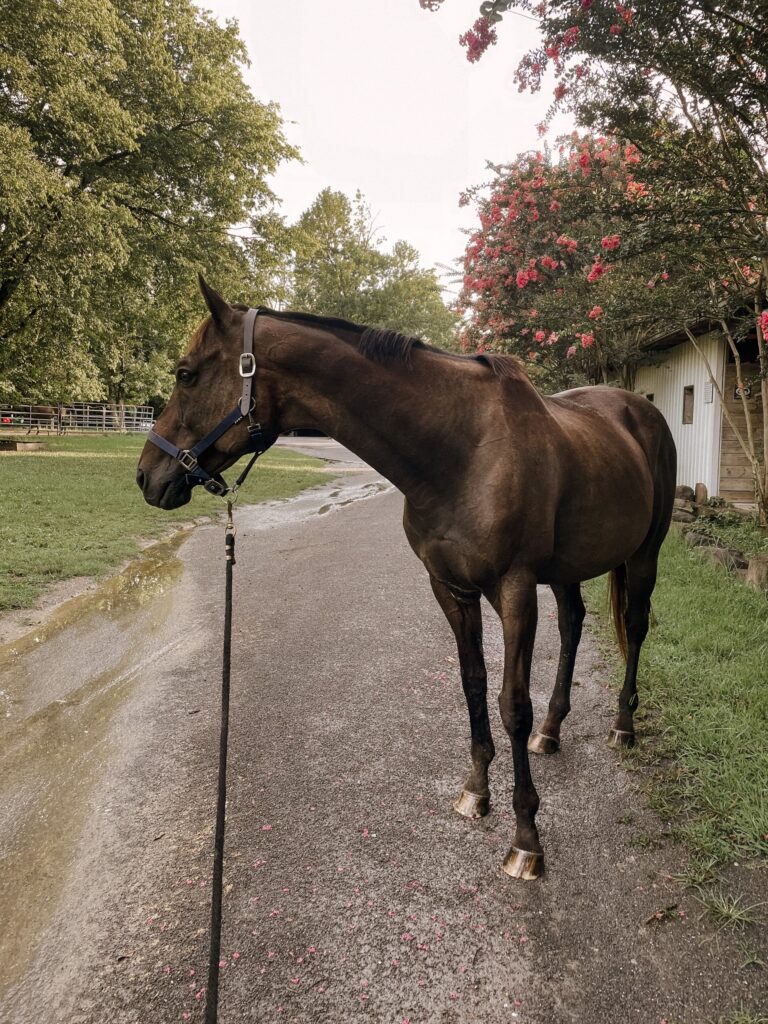
When to Spend:
All of that being said, I do believe it’s important to invest in some quality pieces here and there. For one, being show attire. If you’re mindful when out competing, those white breeches will serve you well for a long while, and same with your coat and tall boots. In actuality, quality can save you money in the long run and make sure you take advantage of that.
Other areas to (almost) never buy second-hand in would be that of safety equipment like helmets and vests. Always check safety ratings seeing that a cheaper helmet could be just as safe as a luxury helmet; however, paying $350 isn’t outrageous if you consider your safety.
Check out: Ways to Save Money as an Equestrians!
Horse necessities and health
Knowing when to spend or save with horses is crucial when it comes to necessities and health. As a horse owner, keeping your horse in good health should be a #1 priority.
But being thousand pound animals, sometimes we don’t factor in everything that could contribute to their maintenance.
When to save:
Unfortunately, there are not many things I can recommend to ditch here; nevertheless, there are methods to save on certain products and services.
Now, you can DIY products like fly-spray to cut down on low-end costs. But you can even take your first-aid knowledge further: learning how to treat and care for your own horse. This could include sheath cleaning for geldings, deworming, taking temperatures, and looking for signs of early illness, so you can potentially lower vet costs.
If you’re not riding consistently, consider talking to your farrier about pulling shoes. Just be mindful and choose the best route – being barefoot can lead to abscesses or tender hooves.
When to spend:
With that all in mind, one should never hesitate to contact a vet if a horse is in need. And a lot of times, waiting to call someone out will rack the bill up even higher. Personally, I always keep an emergency fund in savings for these situations – it’s not a financial blow if you’re mentally and physically prepared – which is something I would advise!
Everyone’s equine is different in regards to their medical needs, but being active in possibilities can save a lot of headaches. Like a) putting your horse on farriers formula can save money in the long run – trust me, ripped off hoof walls are not cheap. And b) having ointments and wound dressings on hand can prevent infections.
There are so many factors to take into account, just try to weigh the likelihood and do your best!
Boarding
Boarding can be a guessing game seeing that managers will try and sell their property to you as the best of the best. In reality, there’s a much nicer barn down the street with a much nicer price tag.
Actually, after just moving my horse to a new barn this past Sunday, I can attest to the fact that more expensive is not always better.
When to save:
Sit down and take a good look at yourself and your goals as an equestrian. Consider what is important to you. Do you compete? Do you want a nice wash stall? A pasture close to the barn?
I ask this because your priorities will reflect what your need to invest in at a given barn. And while you’re at it… take a good look at your horse as well.
There was a time where we were spending $850+ a month on Theo and that just wasn’t realistic considering I wasn’t riding him often. Not to mention the fact that stall boarding was making him increasingly ulcer-y and anxious.
So we cut back to pasture board, and not only were we saving money, he was so much happier. If a horse is content on pasture board… why not kill two birds with one stone?
Gather up all of the barns in your area and take a look (actually tour facilities) and compare price points; remember that just because the property is pretty, doesn’t mean it’s the most practical.
When to spend:
Now, if your horse is going to live somewhere… you’ll probably be spending all of your time there as well – so you better love it.
Since you’ve already taken your priorities into consideration, then hopefully you threw “no safety hazards” in there. This is one that I can’t stress enough. Is the fencing falling apart? Are the barn staff knowledgeable? Do the horses on the property speak volumes?
A few years back, my sisters horse tried to jump a fence but stuck the stake straight through her chest instead. Luckily she was okay after a few stitches, but the draping fence was indeed a hazard.
Furthermore, a few barns ago, one of the barn staff shoved a hose down a choking horse’s throat, trying to dislodge whatever was in there. Also fortunately, the horse was okay… but the owner communicated how unhappy she was to me, and how he (the horse) almost drowned.
I’m voicing this because it’s important to keep an eye on the little things, not because I’m trying to scare you haha. But now that I unintentionally put a terrible spin on this blogpost, I’ll try to lighten the mood!
There are other things to consider like if you want your horse in a certain herd or if you resonate with the trainers at the barn. But at the end of the day, just choose whatever feels right – that’s within budget ; )
Check out: Ways to Make Money as an Equestrian!

And there you have it!
This Knowing When to Spend or Save with Horses, was quite the guide! Hopefully you have a clearer picture on how to navigate and calculate your budget so you’re always prepared as a horse owner!
But here’s a little recap in case you want to go back:
- Buying tack and equipment
- Horse coat and cosmetics
- Riding attire
- Horse necessities and health
- Boarding
Tell me, what are your favorite equestrians investments as well as how you try to save money!
All the best,
Laura
New here? Get to know me!
Want more? Follow me on Instagram!

